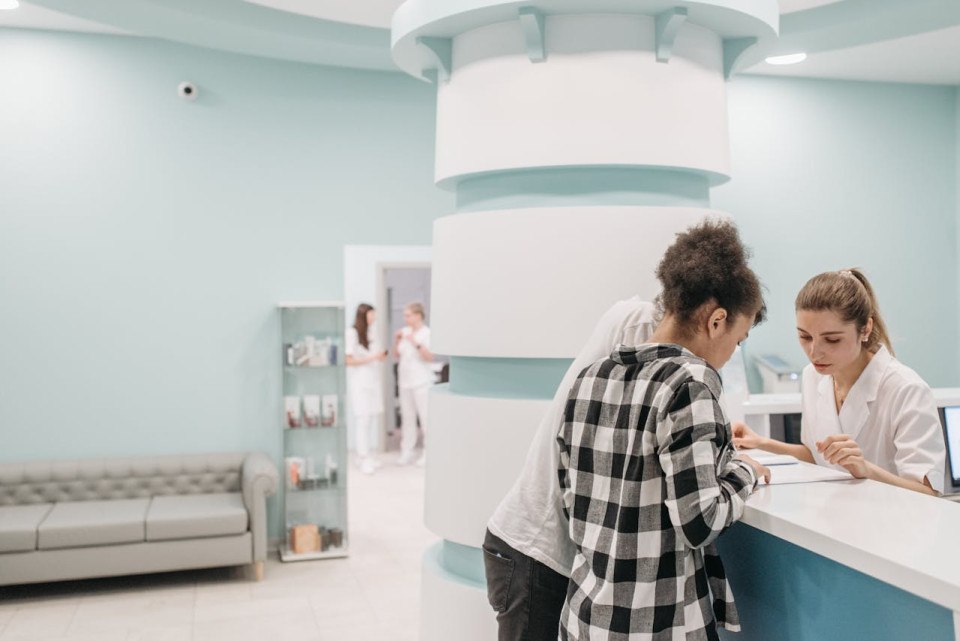How to Get a Doctor’s Appointment Sooner
Six tips for how to get in to see that doc a little quicker

Insider tips to get a doctor’s appointment sooner
It’s easy to feel helpless when you need to see a doctor but can’t get in for weeks or months (or longer!). But there are steps you can take to potentially speed up the process. Here, tips and strategies for getting a doctor’s appointment sooner.
Be flexible.
Sometimes (not always), health systems or practices automatically offer multiple locations for your appointment, noting if one has earlier openings. If that info isn’t offered up, ask: Might another spot (or telemedicine) have an appointment sooner? Same deal with your providers, says Adam Edelson, vice president of ambulatory operations at Main Line Health. Could you get in faster if you saw a different MD? A nurse practitioner or physician’s assistant? This, too, is worth searching out on the scheduling portal or calling to ask about, as options for other providers aren’t always apparent online.
Snag a cancellation.
Make your appointment, then sign up to be notified when there are cancellations. You can ask for this on the phone or check online — some scheduling portals let you opt to be waitlisted for earlier slots. Hot tip from one South Philly patient: “I’ve found that if you go in and hit ‘reschedule,’ you can find earlier times that didn’t show up on the waitlist.” Otherwise? Call and ask every day — especially if you’re dealing with a smaller private practice. “I always advise our patients to just give us a call,” says Jacqueline Williams, office manager at Advocare Fairmount Pediatrics. “Sometimes, cancellations get called in or show up on the portal, and we can put you right in there.” Also, she adds, a practice can sometimes shuffle patients around and get you in.
Try the app for that.
ZocDoc — a free app and website — matches you with local practitioners (including specialists) who take your insurance and have fairly immediate openings in their schedules. Each available appointment time — telemedicine and IRL — is clearly displayed and easy to book right there on the site. You can also peruse ratings from patients to help you choose your doc.

Illustration by James W. Yates
Go straight to the source.
If you know your doctor, try messaging him or her on the portal. When patients message him, “I can schedule visits myself,” says Charles Bae, a neurologist and associate CMIO for connected health strategy at Penn Med. In fact, he adds, sometimes that’s the most efficient route for both patient and doctor. If doctors don’t want to schedule patients or can’t, Bae says, they can simply tell you to go through the usual channels. Philynn Hepschmidt, Penn Med’s VP of patient access, says such messaging might even save you an appointment: Some dermatological conditions, for example, can be treated with photos and info exchanged over the portal. “I go to the patient portal first for everything,” she says.
Can’t get in to see that specialist? Ask your primary-care doc for help.
Hepschmidt says that referring doctors can often note electronically to specialists which patients need to be seen within a certain amount of time — some conditions merit prioritization, and specialists can see this. But such electronic flags aren’t necessarily universal, and in a pinch, a note or call from another doctor might speed things along.
Don’t lie.
It’s tempting, maybe, to exaggerate your condition in hopes of getting in sooner. “I do understand why you might want to,” says Hepschmidt, “but there are patients who truly do need to get in, and this will take away from them.” Health systems really do prioritize patients with urgent needs. Don’t be a jerk.
Published as “The Fast(er) Track” in the May 2024 issue of Philadelphia magazine.


